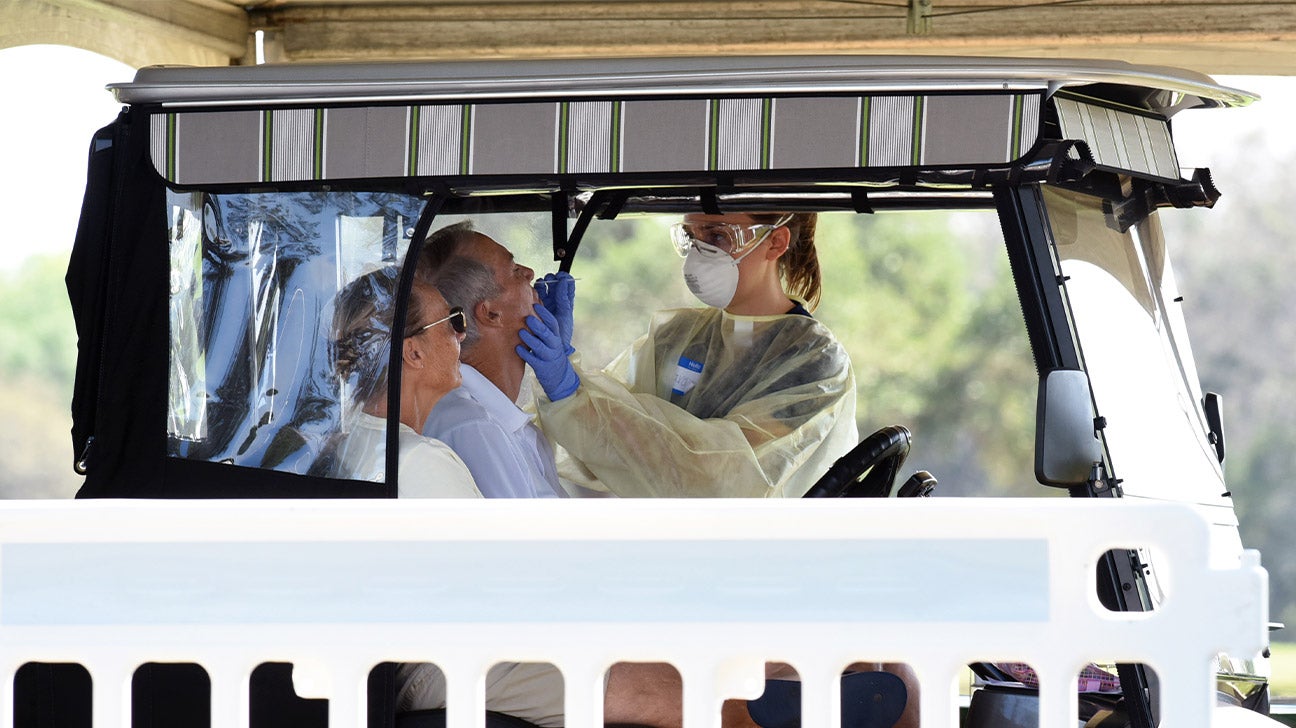

#NEGATIVE SYMPTOMS OF SCHIZOPHRENIA TRIAL#
Five patients who met DSM-IV criteria for schizophrenia or schizoaffective disorder were enrolled in an open-label trial of high-frequency (20 Hz) rTMS applied to the left DLPFC.
#NEGATIVE SYMPTOMS OF SCHIZOPHRENIA SERIES#
In this case series we explored the safety and feasibility of rTMS for negative symptoms using higher doses than most previous studies (32,000 vs. Such differences may play a role in predicting response and/or treatment development. In the three negative studies of negative symptoms, although they had similar numbers of patients, the patients differed by being more chronic and having a higher proportion of males. basal ganglia ) might be uniquely targeted with rTMS. Furthermore, since rTMS has transsynaptic effects, it is possible that deeper targets also associated with negative symptoms (e.g. The mechanism for this response may be through increasing cortical excitability in the target region (), as negative symptoms have been shown to correlate with hypoactivity in the dorsolateral prefrontal cortex (DLPFC) (). In a randomized cross-over trial, Jin et al found that individualized alpha frequency rTMS (compared to 20 Hz) was most efficacious in reducing negative symptoms in a sample of 27 patients.

Using a sham-controlled parallel design, two studies found high-frequency (10 Hz) rTMS to the left DLPFC in samples of twenty and twenty-two schizophrenia patients and observed a significant reduction in negative symptoms. flattened affect, social withdrawal, apathy, poor motivation (). 10–20 Hz) to the left dorsolateral prefrontal cortex (DLPFC) was associated with a subsequent decrease in negative symptoms (e.g. Previous randomized sham controlled studies have found high frequency rTMS (e.g. Thus, it makes sense to further explore the potential utility of different doses of rTMS for medication refractory negative symptoms. In depression and refractory auditory hallucination (AH) studies, efficacy has been associated with dose ().

However, optimal TMS dosing has not been established for either symptom cluster. In the positive studies, negative symptoms were measured with the Positive and Negative Syndrome Scale (PANSS) with a mean decrease of ten (absolute score ), 30%, and 29%, all clinically significant. To date, rTMS has been more successful in the treatment of refractory auditory hallucinations (four positive parallel randomized controlled trials out of six total ) than for negative symptoms (three positive randomized controlled trials out of six total ). These studies are based on the ability of rTMS to decrease cortical excitability ( ) and thus reduce regional overactivity associated with auditory hallucinations (). Applied at low frequency (1 Hz) to the left temporoparietal cortex, it has been shown to reduce the frequency, attentional salience and loudness of auditory hallucinations ( ). Studies suggest repetitive TMS (rTMS) may be useful in the treatment of refractory auditory hallucinations. In particular, negative symptoms remain refractory to most pharmacotherapy (,, ,, , ), which can in some cases worsen them. The development of novel neurostimulation treatments may be particularly useful for schizophrenia as many individuals have symptoms resistant to current pharmacotherapies despite growth of options for this illness. Transcranial magnetic stimulation (TMS) is a method of noninvasive electromagnetic neurostimulation that has been studied in the treatment of a range of psychiatric disorders, including affective disorders (, ), anxiety disorders (, ) and schizophrenia ().


 0 kommentar(er)
0 kommentar(er)
